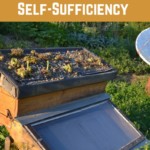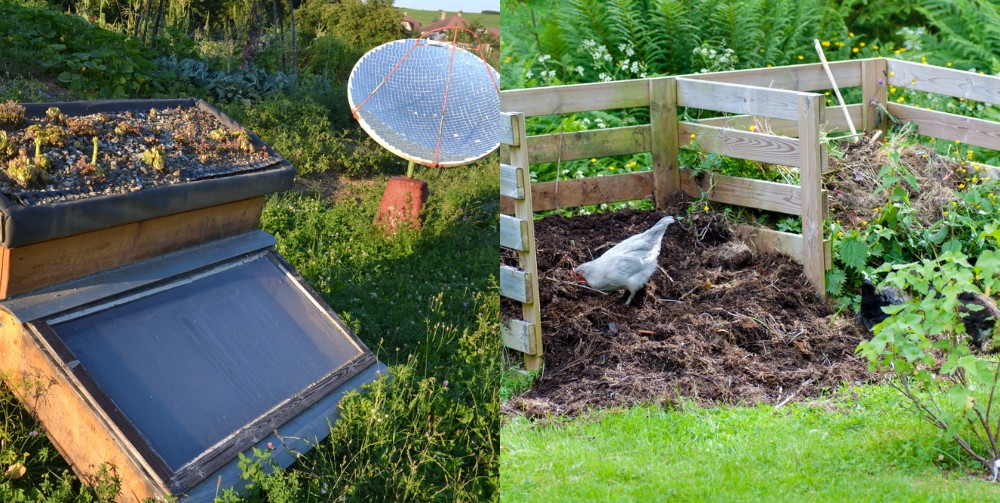
On a homestead, there are always plenty of things to do. One of the great things about homesteading is that there are almost endless ways to improve your home, garden and lifestyle over time.
Many of the DIY projects you can take on require little in the way of outside resources, and don’t need to cost a fortune to do.
Many of them require only tools you are already likely to own, and use only natural or reclaimed materials that you can often find in your immediate environment.
So they are things you might be able to do without heading out to the stores.
Basic Needs Projects – Things To Do To Boost Resilience Right Now If You Haven’t Already
We’d all like to say that we already have the perfect homestead, which caters for all of our basic needs.
But for most of us, our homesteads are still a work in progress.
Now could be a great time to see to those basic needs projects – those things that can help boost our resilience when it comes to the basics of energy, water and food.
Energy
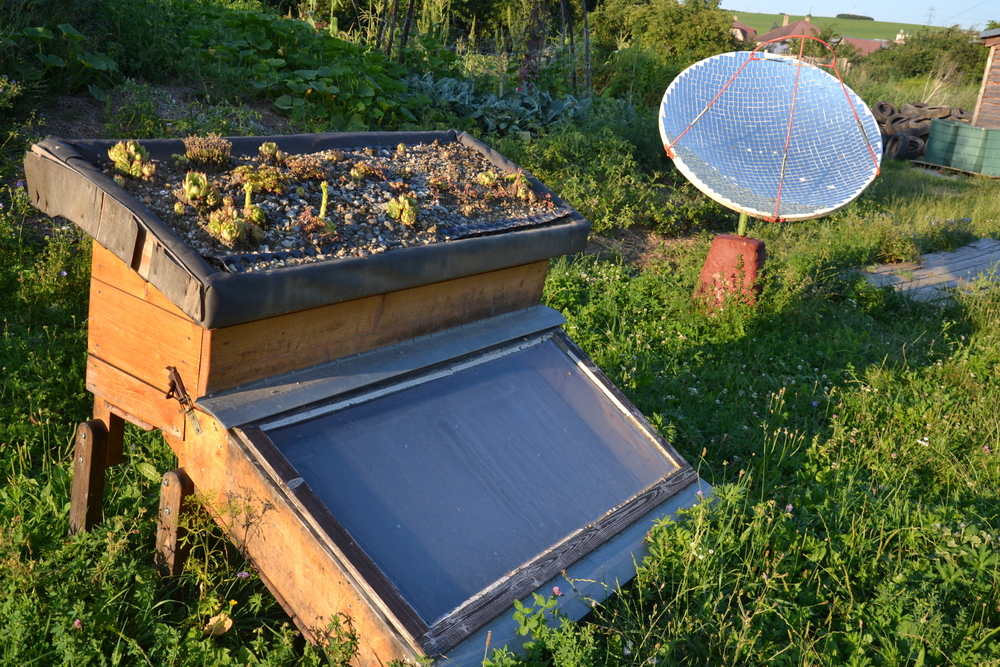
Energy is one of the most important elements on a homestead.
Whether or not you are on-grid, future-proofing your property means thinking about how you can become more self-sufficient and move towards renewable sources of power.
You need to think about how you will light, heat or cool, and power any electronic devices.
The first stage is to think about how you can use the abundant energy from our sun which powers life on this planet.
Start using the sun’s energy to your advantage.
You may not be able to switch entirely to renewable energy right away, and install photo-voltaic panels etc.. But there is still a lot you can do to reduce your reliance on fossil fuels and become more resilient and self-sufficient on your homestead.
Plant and grow, implement passive solar design, and check out one of these interesting solar powered DIY projects:
- Make a solar hot water heater.
- Create a solar dehydrator.
- Make a solar oven.
Water
Water, is of course, another crucial resource to consider.
Those of us who are used to a ready supply of water delivered into our homes, water is not something we have to think about often. But there is no knowing when, even if you are connected, this situation could change.
Here are some basic DIY projects every homeowner should consider.
If you have not already thought about catching and storing water on your property, you should:
- Set up rainwater harvesting system to collect water from the roof of your home.
- Undertake earthworks projects to direct rainwater to where it is needed, or keep it around.
- Plan and plant for good water management on your property.
Food

Once the basics for energy and water have been considered, another main consideration for any homestead should be creating and maintaining a resilient and productive food producing system.
If you don’t already grow your own, here are three main DIY projects to get you started.
- Set up a composting system. (Create a compost bin or heap, and consider other methods to break down and recycle the nutrients in organic waste, such as bokashi systems and vermicomposting, for example.)
- Sow seeds (And use household waste in seed sowing and to get your garden growing.)
- Plan and build a food forest or perennial polyculture – the ultimate low-maintenance food producing garden. (A forest garden or perennial polyculture is the perfect way to improve your land and boost biodiversity and resilience.)
Shelter
While you may already have your home, you can still always find ways to improve it.
Even when money is tight, for example, and means are limited, you could still find a range of ways to make your home cosier, comfier and more secure. For example:
- Add DIY shutters made from reclaimed wood, or make some thermal blinds to keep your home cool in summer and warm in winter. (Perhaps using reclaimed fabric.)
- Make a DIY rocket mass stove for space heating.
- Add a DIY lean-to greenhouse or conservatory to your home to increase solar heat gain and give you more space to grow.
Additional Projects To Undertake in Your Garden
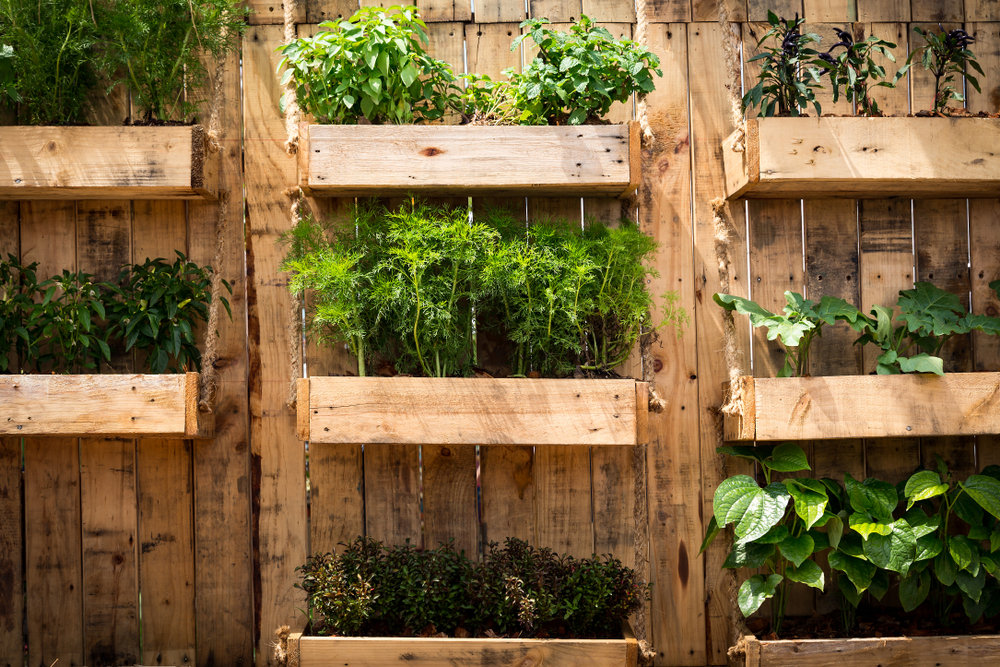
Of course, whether you already have a garden, or are making a new one, there are also plenty of other DIY projects to take on. For example, you can:
Build a cold frame.
Or a free-standing greenhouse or polytunnel/ hoophouse.
Make a hot bed.
Adopt the hugelkultur approach to make new raised beds.
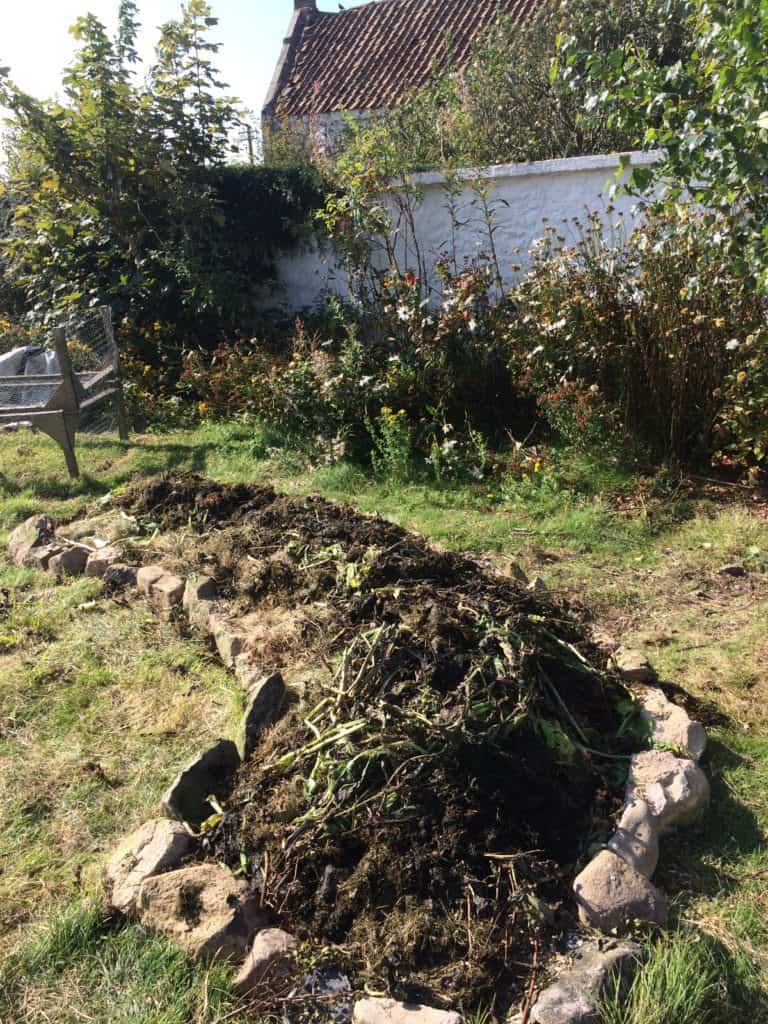
Build new garden edging around your growing areas.
Or take up straw bale gardening.
Make your own DIY liquid fertilizers to feed your garden throughout the year.
Or make your own biochar to add fertility to your garden.
Make a trellis from natural branches.
Or the frame for a new row cover.
Create a new vertical garden.
Build a new fence or wall.
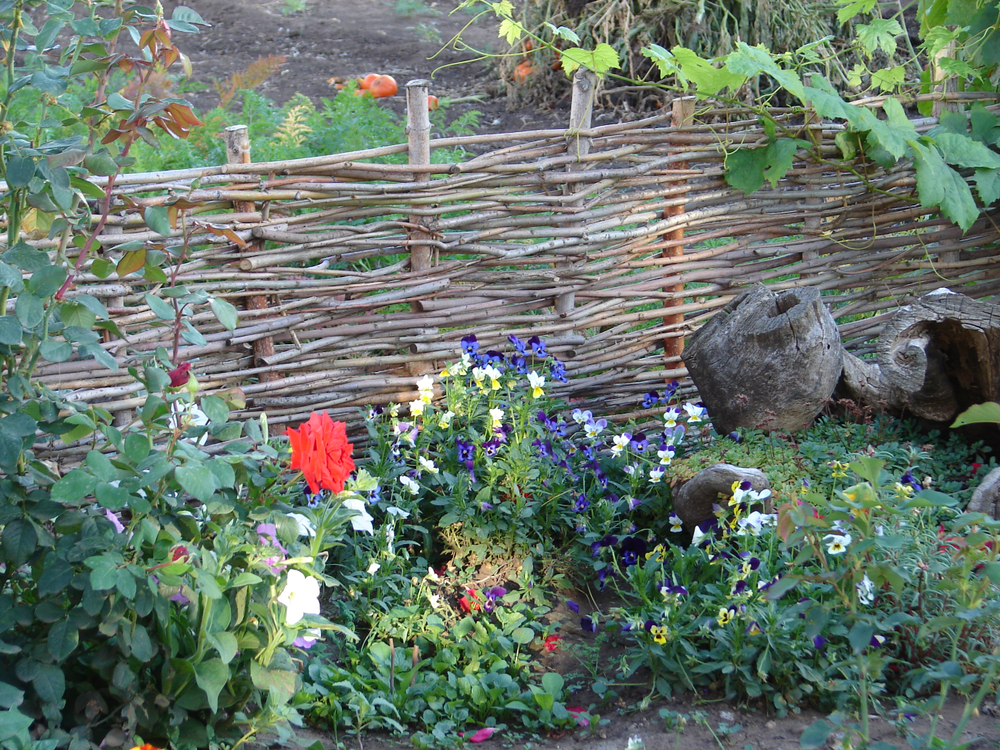
Lay a new area of decking or patio using reclaimed materials.
Make a new garden seating area.
Make a fire pit or even a full outdoors kitchen.
Upgrade your chickens to a new coop (made from recycled or natural materials).
Or make new housing for other livestock.
Make a natural beekeeping hive to house wild bees.
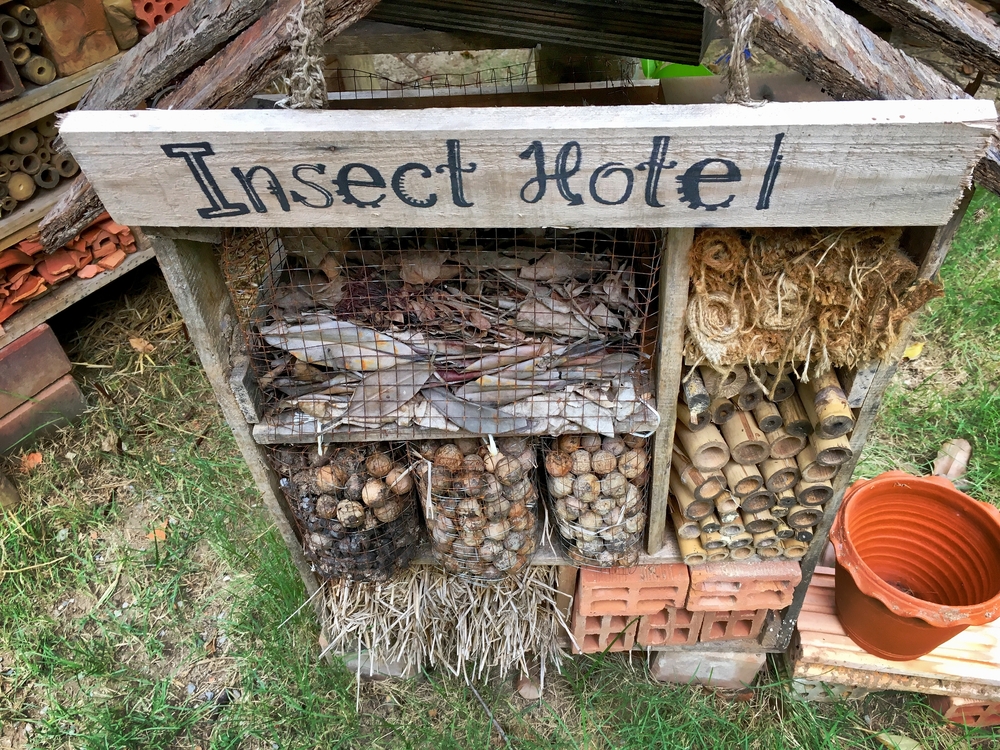
Or some other housing or habitat for garden wildlife such as a bird box, bat box, butterfly house or bug hotel.
Create bird feeders and other feeding stations for your garden.
Make your own DIY chicken feeders or drinkers.
Or new DIY feed stations for other livestock on your homestead.
Make a new wildlife pond.
Perhaps one with a DIY water feature.
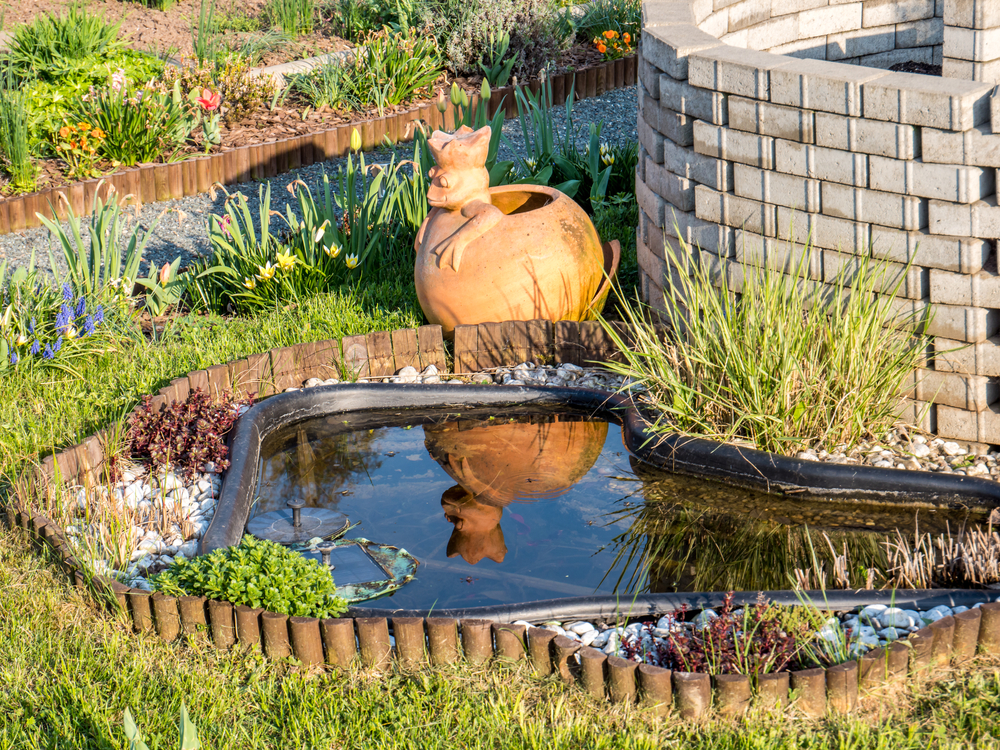
You could even make a natural swimming pool with a reed bed for filtration.
Or a relaxing wood-fired hot tub.
Make a wood fired outdoors stove.
Or a clay domed pizza oven.
Perhaps you could make a new barbecue grill.
Or a home-made DIY smoker.
Please the kids with:
A DIY play set.
Create a den for them to play in. (From branches and other natural materials, or repurposed items.)
Or make them a rope swing.
Projects To Undertake in Your Workshop or Shed
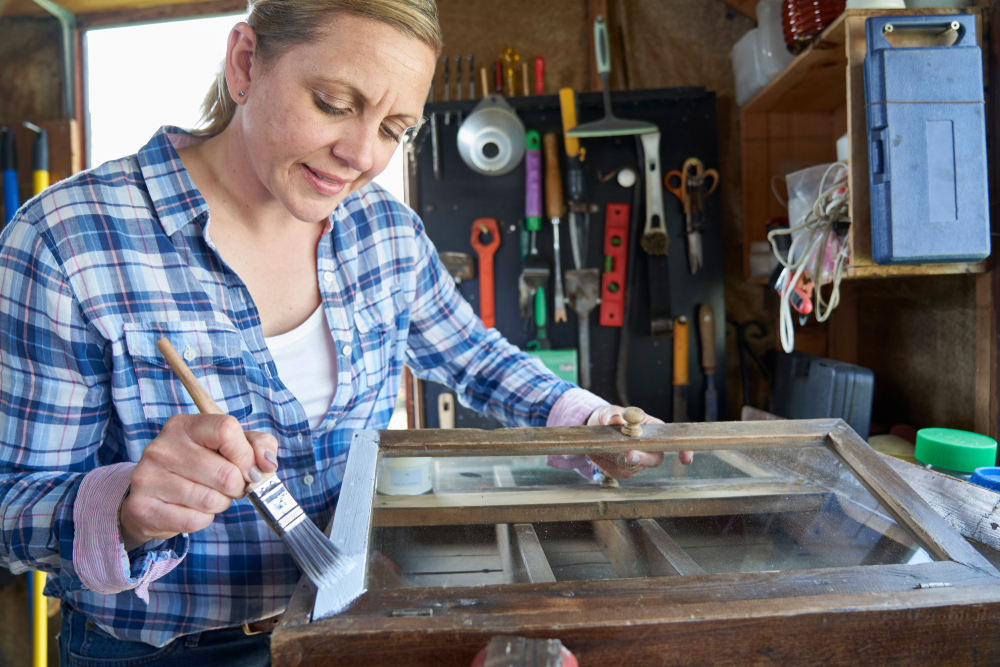
If your food producing system is ticking along nicely, there are plenty of other ways to fill your time usefully. If you have a workshop or shed, this will be the perfect place to take on a wide range of DIY projects.
(And get a little peace from your family, perhaps, when this is required!)
Here are a few suggestions for DIY projects to keep you busy over the coming months. (All use natural or reclaimed materials, and most use only simple tools or equipment which you are already quite likely to own.)
- Make or repair some garden tools.
- Repurpose an old 55 gallon barrel or drum.
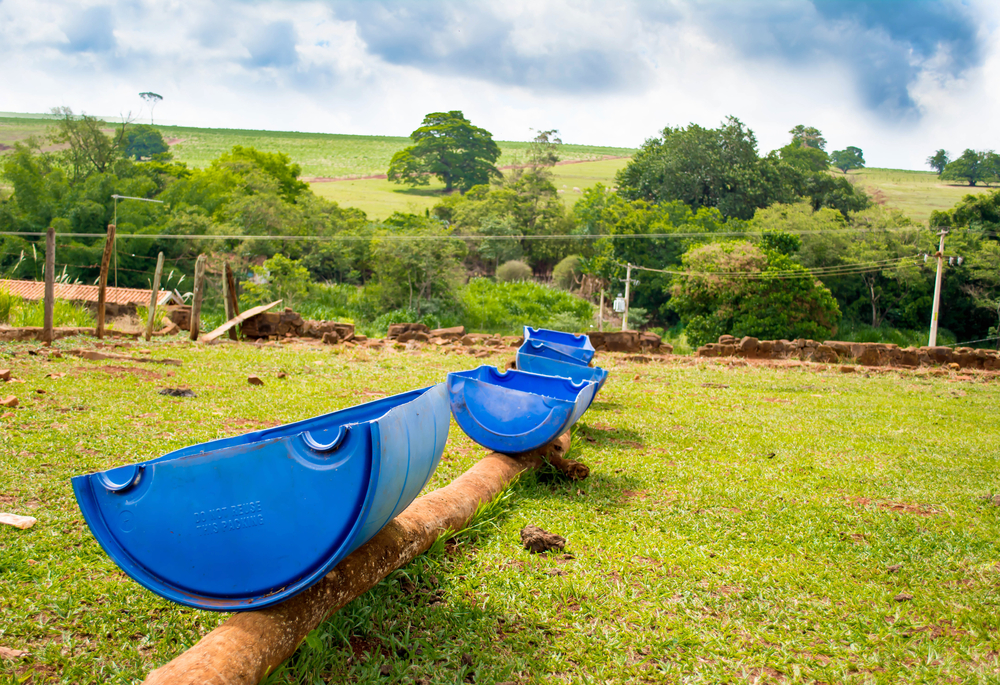
- Upcycle an old piece of furniture for your homestead.
- Upcycle some old metal to make useful items.
- Make new, useful items from old glass bottles.
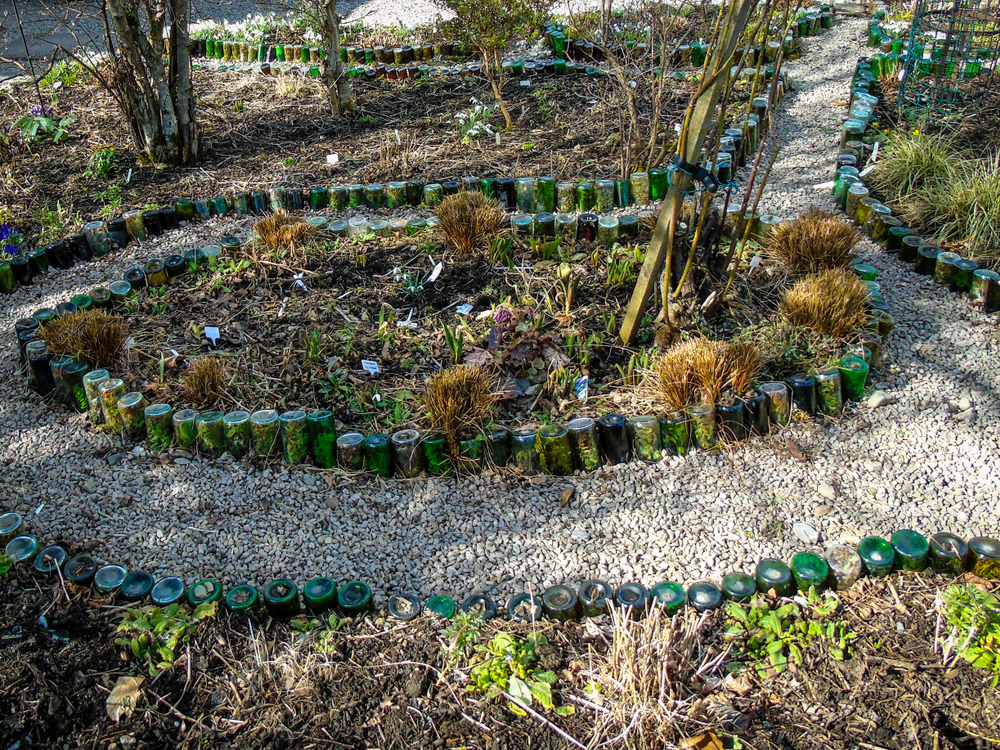
- Take up basketry and weave some willow or other wood.
- Use natural clay from your garden to make artwork or pottery.
- Make some paper from recycled paper and card, or from plant fibres.
- Take up woodworking and upcycle some reclaimed wood.
- Build some greenwood furniture using wood from your property.
Remember, the more you can make on your own at home, the more future-proof and resilient you and your household can be.
Now could be a great time to learn new skills, and take on new projects to expand your knowledge of age-old crafts.
Projects To Undertake in Your Kitchen
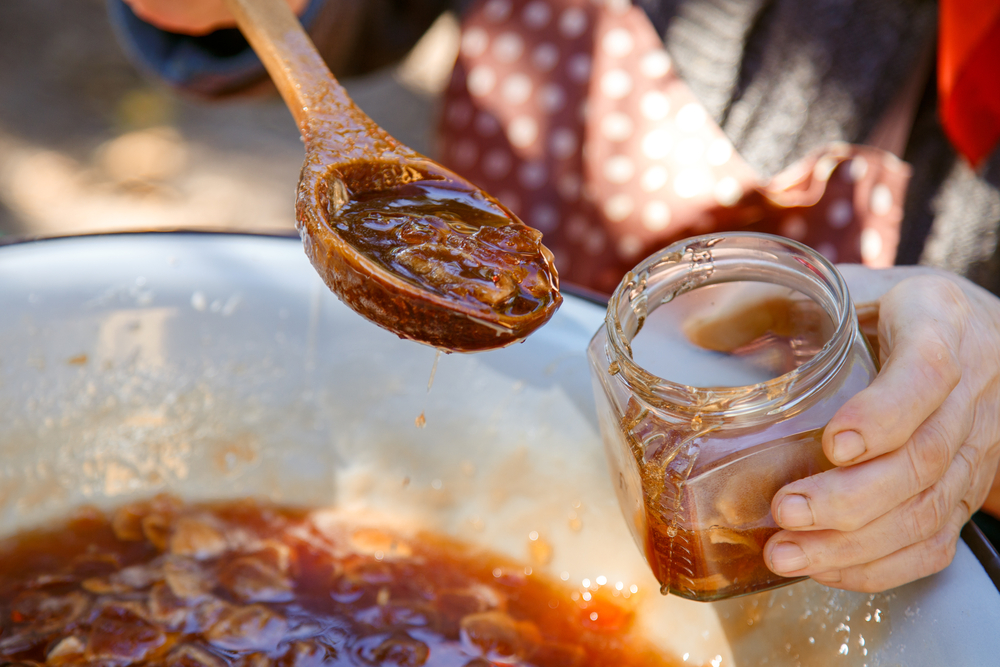
There are also plenty of new skills to learn and DIY projects to take on in your kitchen.
On a homestead, the kitchen is usually the hub of operations, and the heart of the home. Keep your kitchen busy and productive by taking on one of these projects:
- Make preserves (jams, jellies, chutneys etc.) from home grown produce or foraged wild edibles.
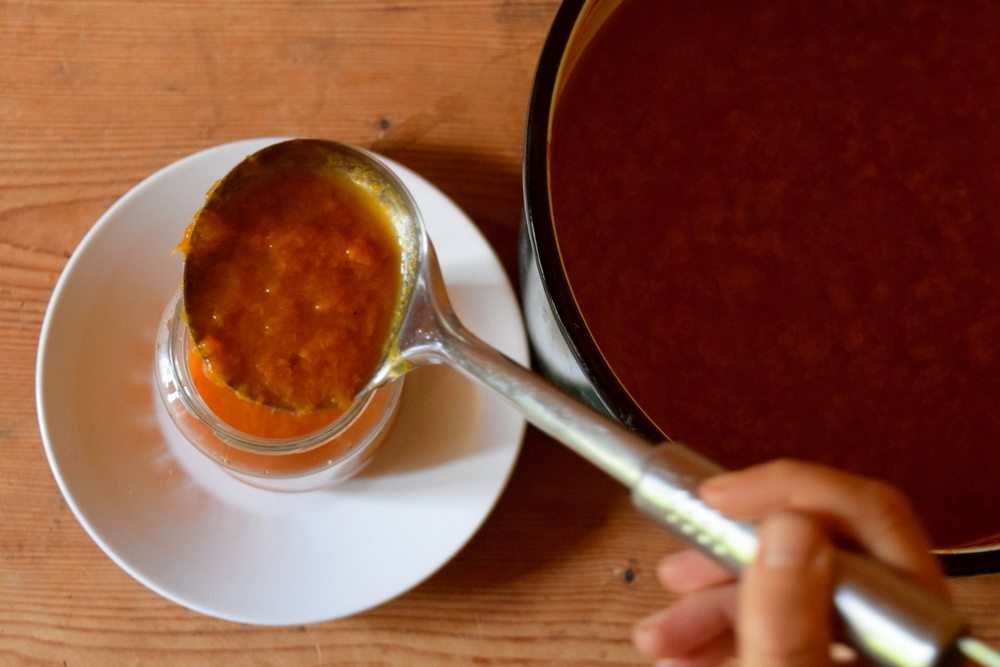
- Bake your own artisan bread.
- Make your own fresh pasta.
- Restock your stores by making and freezing pesto from cultivated or wild green vegetables and herbs, such as foraged wild garlic.
- Make your own vegetable stock from vegetable scraps.
- Use vegetable scraps and dye plants to make your own natural dyes.
- Create your own melt and pour soap (or other natural cleaning and beauty products).
- Make your own beeswax candles.
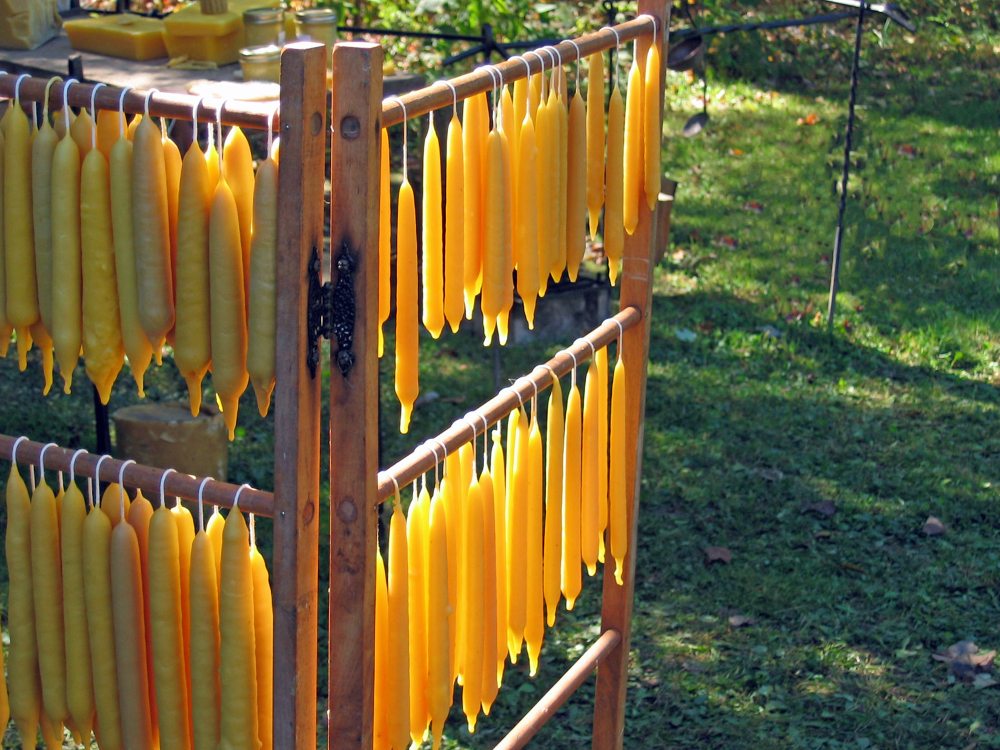
- Or some natural firelighters for your solid fuel stove.
- Take on some DIY craft ideas with your kids – for example, make DIY salt-dough decorations, make a coffee-stained ‘treasure map’, or make cards or wrapping paper decorated with a potato stamp.
Projects For A Quiet Evening in Your Home

At the end of a busy and stressful day, you need to find ways to relax and occupy the mind.
There is plenty to that doesn’t involve going on the computer or turning on the TV.
Here are just a few suggestions for projects that are perfect for a quiet evening in your home:
- Make your own yarn from plant or animal fibres.
- And get knitting, crocheting or embroidering.
- Upcycle old clothes to make new ones.
- Or to make other items such as bags or cushions.
- Use up scraps of fabric by making a rag rug.
- Take up felting and felt with animal fibres.
- Make a charcoal drawing (perhaps even with charcoal you have made yourself).
- Take up pyrography and decorate some wood or wooden furniture.
- Paint a picture (perhaps even using natural paints you have made).
- Press some spring flowers, or use herbs and flowers to make infused oils for use around your home, or, if you have distillation equipment, perhaps even make your own essential oils.
Of course, these 77 DIY project ideas are just a few examples of the thousands of interesting and useful projects you could potentially take on.
By making full use of the natural and reclaimed materials at your disposal, you can lead a full and productive life, and keep things moving forwards on your homestead.

Get the famous Rural Sprout newsletter delivered to your inbox.
Join the 50,000+ gardeners who get timely gardening tutorials, tips and tasks delivered direct to their inbox.


